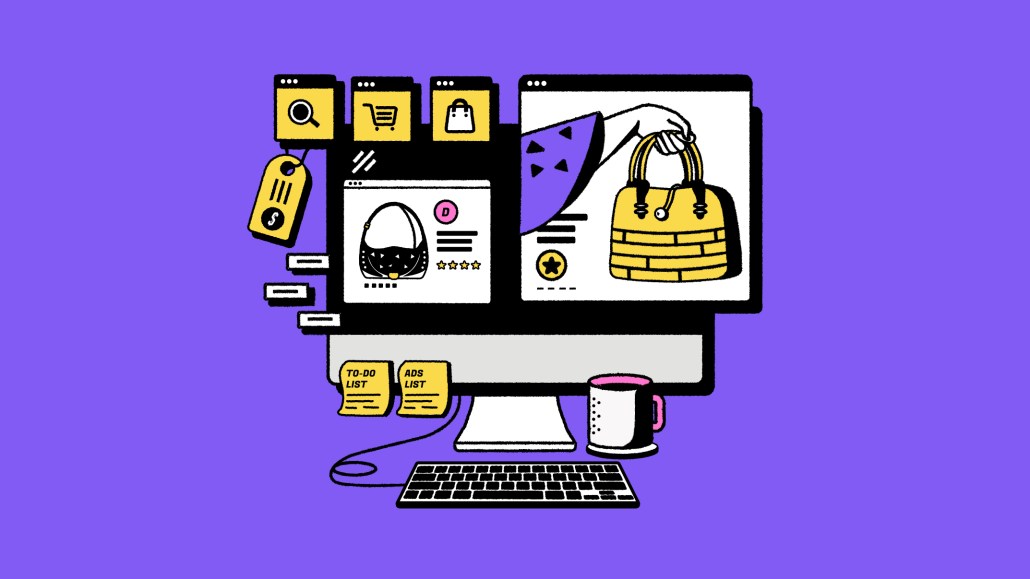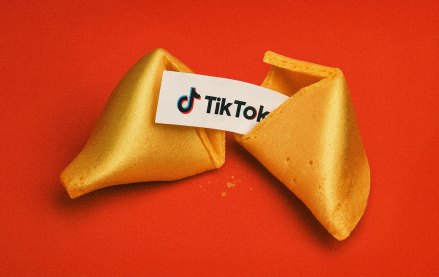Save 50% on a 3-month Digiday+ membership. Ends Dec 5.
What the Kroger-Albertsons merger means for the retail media landscape

This story was first reported on, and published by, Digiday sibiling ModernRetail
With their combined strength in first-party data and increased retail footprint, grocery chains Kroger and Albertsons have an opportunity to upend the status quo in the retail media network landscape with their proposed merger.
Last week, Kroger announced intentions to buy Albertsons in a deal that values the company at $24.6 billion, one of the biggest deals in the history of the U.S. supermarket sector. “The combined company will be able to reach an expanded national audience of approximately 85 million households nationwide, fueling growth in alternative profit businesses such as Retail Media, Kroger Personal Finance, and Customer Insights,” the two companies said in a press statement.
The idea of retailers turning their websites into media platforms isn’t a new one. But over the last five years, it has commanded more interest and more attention from brands, because of how big of an advertising business e-commerce giant Amazon has been able to build. At present, Amazon leads the retail media ad landscape and clocked $31 billion in advertising revenue last year.
According to experts, the Kroger-Albertsons deal will bring a great deal of focus to retail media, and the new combined entity might even be able to challenge Walmart, the second biggest player in the retail media space, by offering brands a more compelling ad offering and a greater breadth of data that can be used to aid in ad targeting. Walmart disclosed its revenue from its media and advertising business for the first time last year, revealing that it totaled $2.1 billion.
“Retail media is a game that is going to be won or lost based on the scale of data that retailers are able to bring to bear,” Swiftly Chief Technology Officer Sean Turner said in an interview with Modern Retail. Swiftly is a technology platform that workers with retailers including Family Dollar, Lucky Supermarkets and Save Mart Supermarkets to power their websites and apps. “This new entity [Kroger-Albertsons] allows them to combine all of the reach, sales and data assets of both Albertsons as well as Kroger to form an even more powerful advertising entity,” he said.
According to Numerator, Kroger accounts for 9.9% of grocery spending in the U.S., while Albertsons accounts for 5.7%. That means the proposed entity would account for 15.6% of grocery spending in the U.S. making it only second to Walmart, which has a market share of 20.9%.
Kroger’s first foray into retail media happened in 2015 when it acquired Tesco’s data analytics business, Dunnhumby USA. The grocer expanded on this with the launch of its precision marketing division in 2017 to serve targeted ads across its websites and app. Over the years, Kroger has added weight to this division by making its data a lot more accessible to brands, striking partnerships with platforms like Roku and Pinterest among others to grow its reach. Most recently, Kroger disclosed last year that it was working with roughly 2,000 brands through its precision marketing arm.
Rival Albertsons, meanwhile is a much newer entrant to the retail media space. The grocer launched its retail media network in November of last year, offering a variety of ad placements through its website and app in partnership with CitrusAd and Merkle.
Grocery has become a more attractive area for advertisers given the frequency of purchase, which gives grocers more data on how their customers shop compared to other types of retailers. Their ability to collect data on what their customers buy has only grown more sophisticated as more people buy all or some of their groceries online. According to the Food Media Institute’s annual grocery shopping trends report, last year 29% of shoppers surveyed reported placing a weekly online grocery order.
“Grocery e-commerce, that’s the foundation of retail media, said Andrew Lipsman, principal analyst for retail and e-commerce at Insider Intelligence.
With about 97% of Kroger’s transactions going through the loyalty card membership program, Kroger already has a significant competitive advantage thanks to its extremely high loyalty card data fidelity, according to Lipsman.
Kroger’s strength also lies in its Precision Marketing program, which specializes in precise and personalized customer data offering for brands to create measurable impact, according to Turner.
The new Kroger-Albertsons entity will also be home to 4,996 stores, 66 distribution centers, 52 manufacturing plants, 3,972 pharmacies and 2,015 fuel centers — which would make its physical store count larger than that of Walmart’s. Turner said that Kroger and Albertsons could use that footprint to “build more leverage” within retail media specifically.
Lipsman agreed that the future of retail media will increasingly depend on the physical store, which would give the new Kroger-Albertsons entity an advantage. “Being able to pull that data [from offline sales] to use in targeting and attribution is huge.”
Turner pointed out that this merger might also be a “wake-up call” for smaller regional grocery chains in the U.S. who are all worried about the impact this could have on digital engagement with their customers.
“Now I’ve got a very formidable competitor from a digital perspective,” Turner said. Previously, an e-commerce grocery shopper in areas of the country where Krogers and Albertson’s footprints overlap were likely choosing between Instacart, Krogers and Albertsons when deciding where to buy their groceries online. “Now all of a sudden, I’ve got one entity and Instacart,” Turner said.
Ultimately, retail media is a fast-growing business revenue stream, which could benefit Kroger and Albertsons in a challenging macroeconomic environment, according to Lipsman. “I think the economics of digital advertising have changed everything,” he said. “It can really transform your bottom line profitability.”
More in Media

TikTok Shop sheds bargain-bin reputation as average prices climb across categories
An analysis by e-commerce intelligence firm Charm shows average prices climbing across more than a dozen key categories.

Ad Tech Briefing: The Programmatic Governance Council is a bid to reset power dynamics
As tensions over TID and GPID peak, Tech Lab is convening a council to hash out commercial ground rules.

Newsweek is building an AI Mode-like experience to customize homepages for readers
Newsweek is building an AI homepage modeled after Google’s AI Mode to increase engagement and offset declining search referrals.








